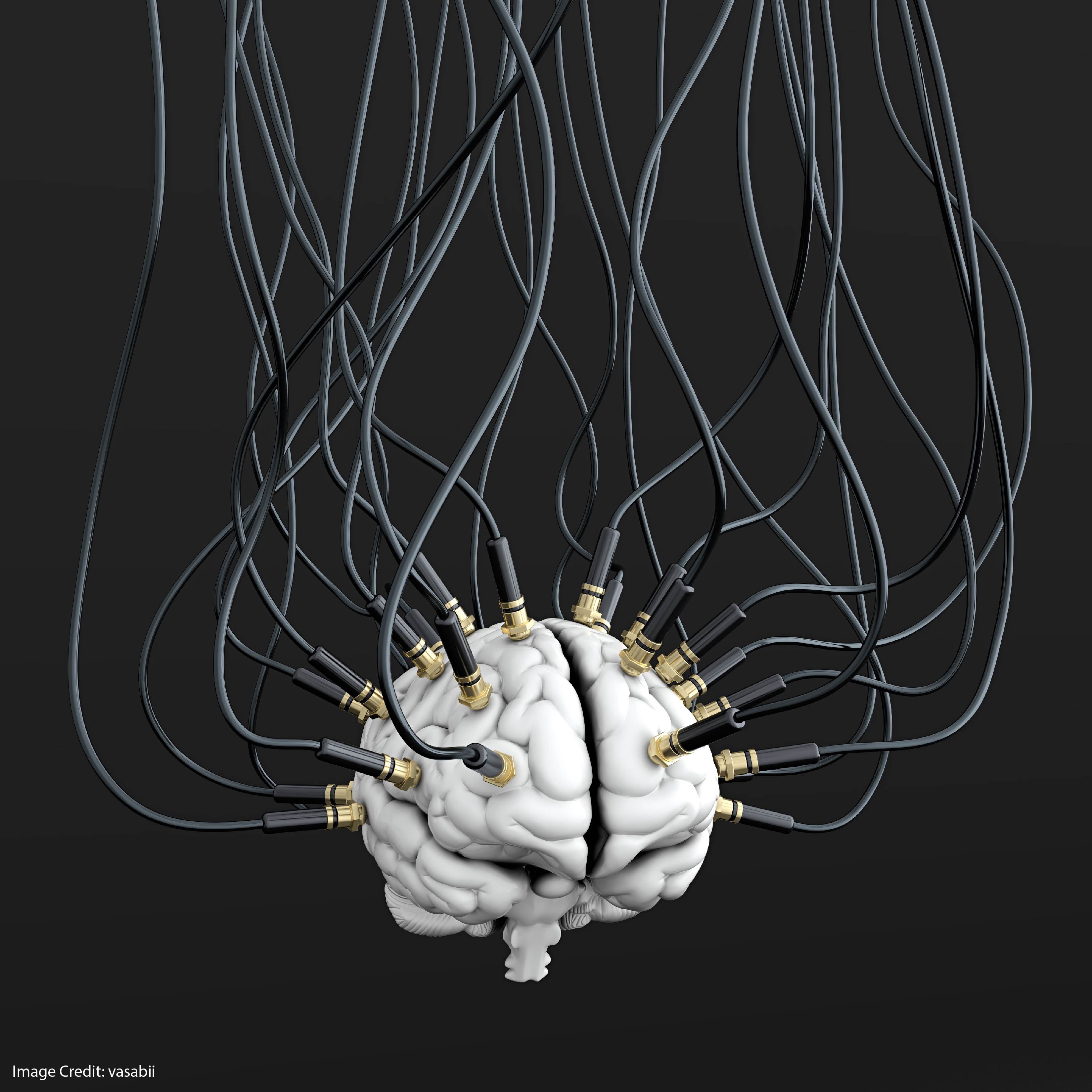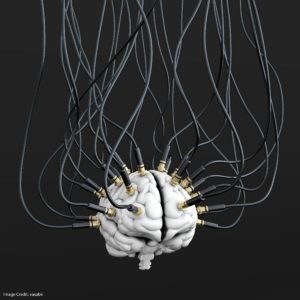
A friend recently sent me this link to a video story in the Wall Street Journal.
The 6 minute video discusses a program in China that uses a…welll…gizmo to measure students’ attention levels during class.
Everything I know about this particular program comes from the video, so it’s possible I’m missing important information. But, based on the video, I render this temporary verdict:
THIS IS BONKERS.
Electroencephalography simply doesn’t work this way. That is: the gizmo is far too crude (and subject to irrelevant stimuli) to produce meaningful measurements.
And, attention is far too complex a cognitive process to be measured by three contact points with the skull. (Not joking. THREE.)
If I gave you a stethoscope and said, “Here. Please measure that’s person mental health,” I suspect you’d refuse.
You’d say something like this: “I can gather data, and then pretend that those data say something meaningful about a really complex network of mental functions. But you and I both know that this tool simply can’t do what you’re asking it to do.”
You’d be right.
One More Point
Of course, there’s LOTS to say about the social policy implications of using this gizmo. This isn’t a blog about social policy, so I’ll leave that to other analysts.
I’m answering the very basic technical question: “can we really do that?” The answer, as far as I know, is “certainly not.”
h/t Scott MacClintic






